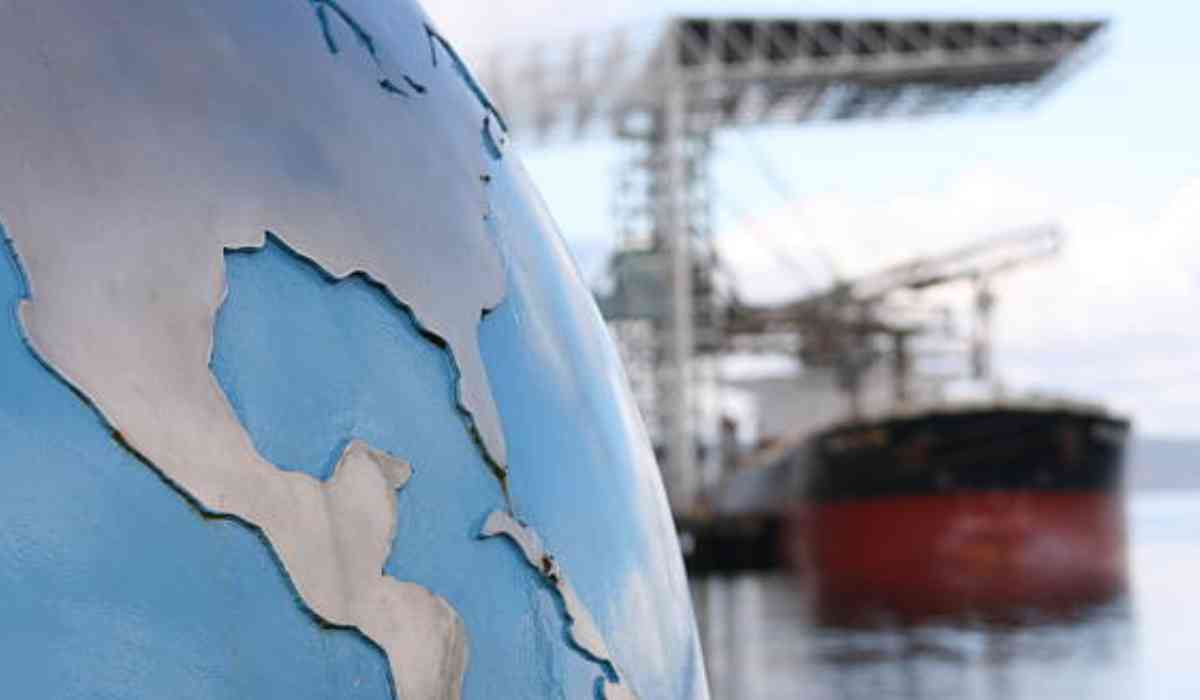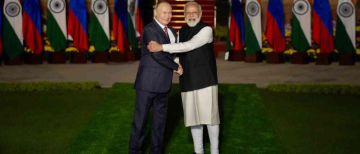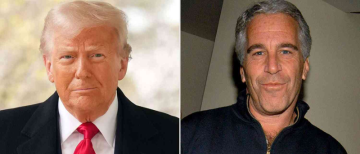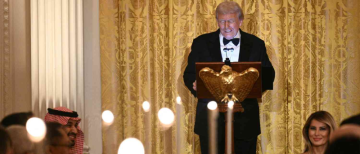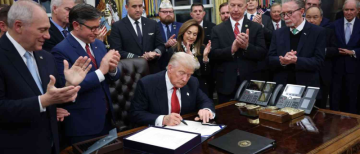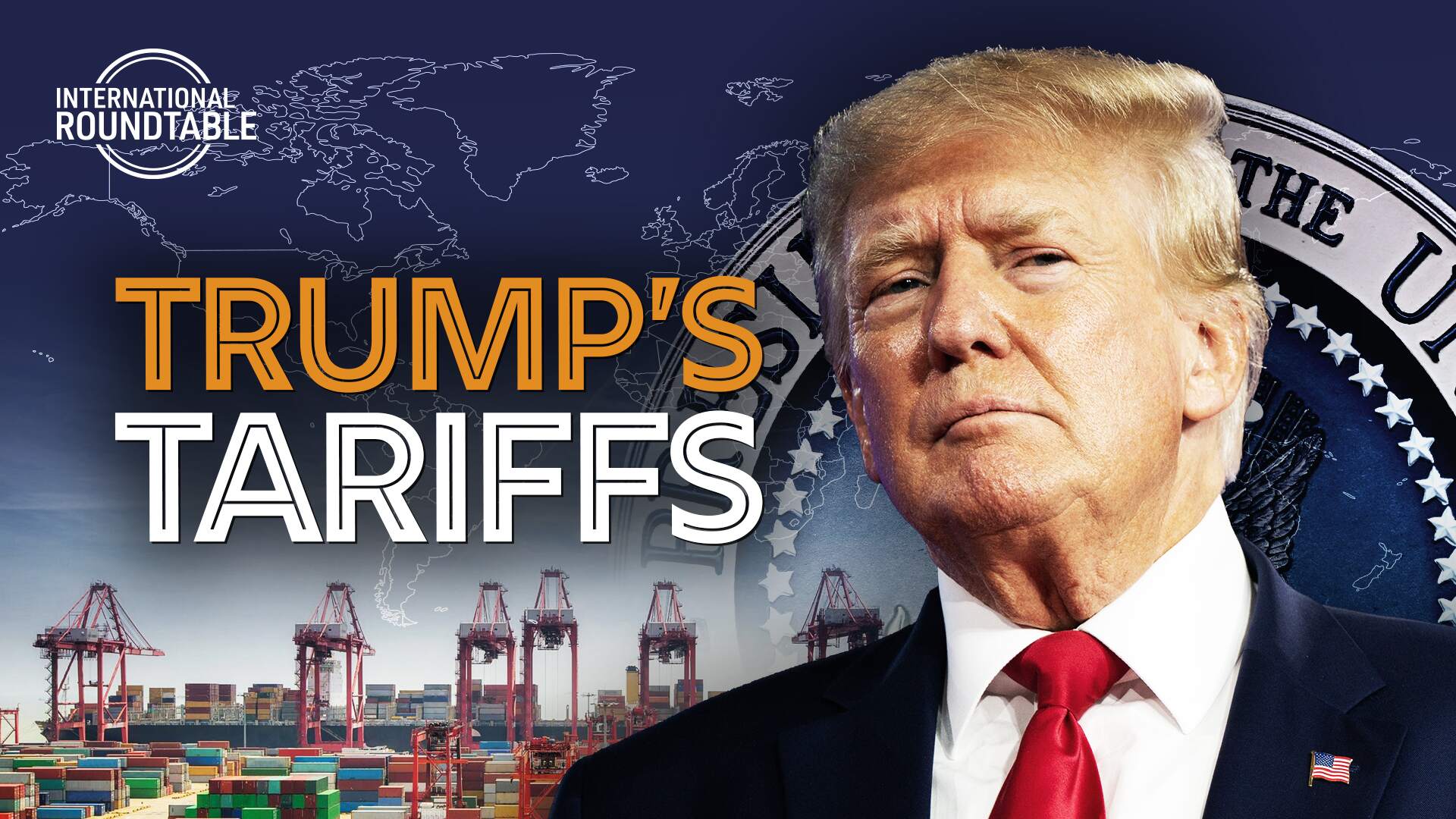
Under Donald Trump’s "America First" policy, the objective was to protect U.S. industries from what he considered unjust foreign competition. By enacting a 25% tariff on imports of steel and aluminum, Trump aimed to bolster American employment, reduce trade deficits, and revitalize the manufacturing sector in the United States. This policy was intended to create a more balanced competitive environment for domestic industries that had been negatively impacted by affordable foreign imports, particularly from China.
ALSO READ: Latest Freefall: What Rupee’sHappened and what’s going to happen?
Economic Impact on India
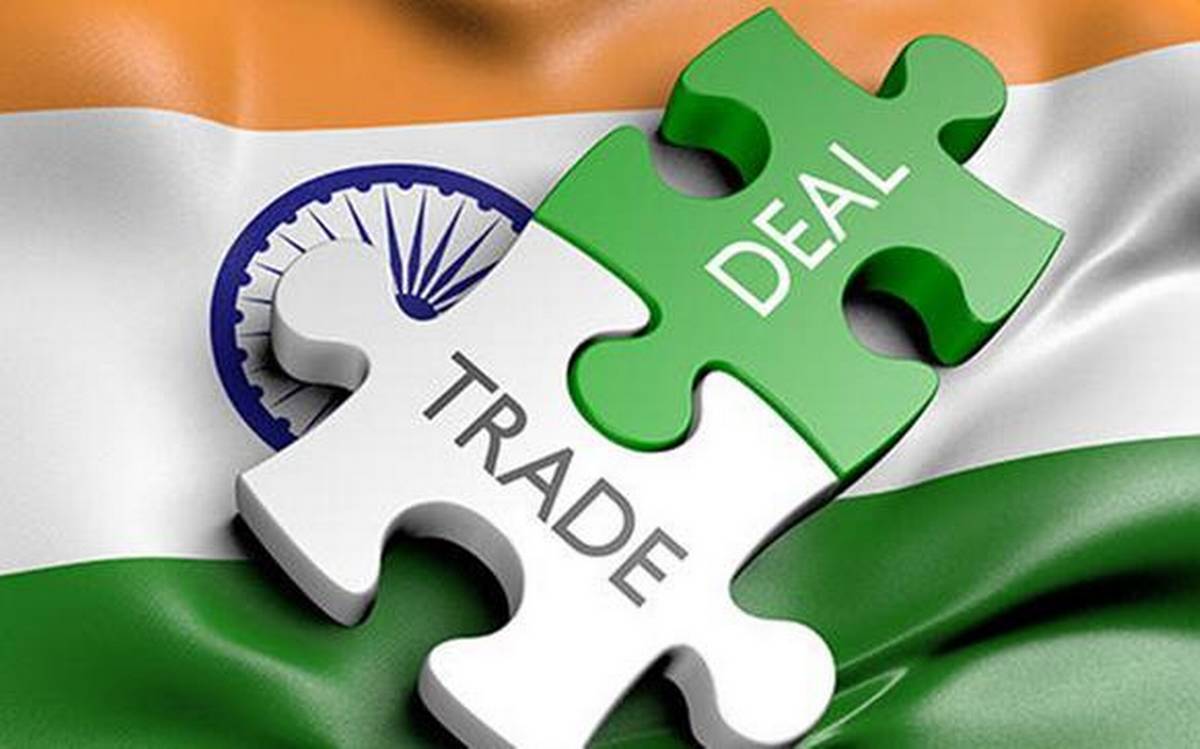
recognized as one of the foremost steel producers globally, has experienced significant repercussions due to the tariffs imposed by the United States. Historically, the U.S. has been a vital market for Indian steel and aluminum exports. The implementation of a 25% tariff has posed considerable challenges for Indian exporters, severely undermining their competitive edge in the U.S. market.
1. Decrease in Exports to the U.S.: As of 2025, India's steel and aluminum exports to the United States remain substantially lower than the levels observed prior to the tariffs. The tariffs compelled Indian manufacturers to seek alternative markets in Asia and Europe, thereby diversifying their export approaches. Although this strategic shift alleviated some of the losses, it also resulted in heightened transportation and logistical expenses, ultimately affecting profit margins.
2. Increased Production Costs: The steel and aluminum sectors in India have encountered rising costs due to global price surges instigated by the tariffs. With U.S. producers gaining a competitive advantage from protectionist policies, global supply chains faced disruptions, necessitating adjustments in pricing strategies by Indian manufacturers. This price instability has had a ripple effect on other industries dependent on steel, including automotive, construction, and infrastructure.
3. Retaliatory Actions and Trade Frictions: In response to the tariffs enacted by Trump, India instituted retaliatory tariffs on various U.S. goods, including agricultural items such as almonds and apples. While these counteractions were essential for safeguarding India's economic interests, they heightened tensions in U.S.-India relations and highlighted the complexities involved in navigating the intricate dynamics of trade conflicts.
Global Geopolitical Impact
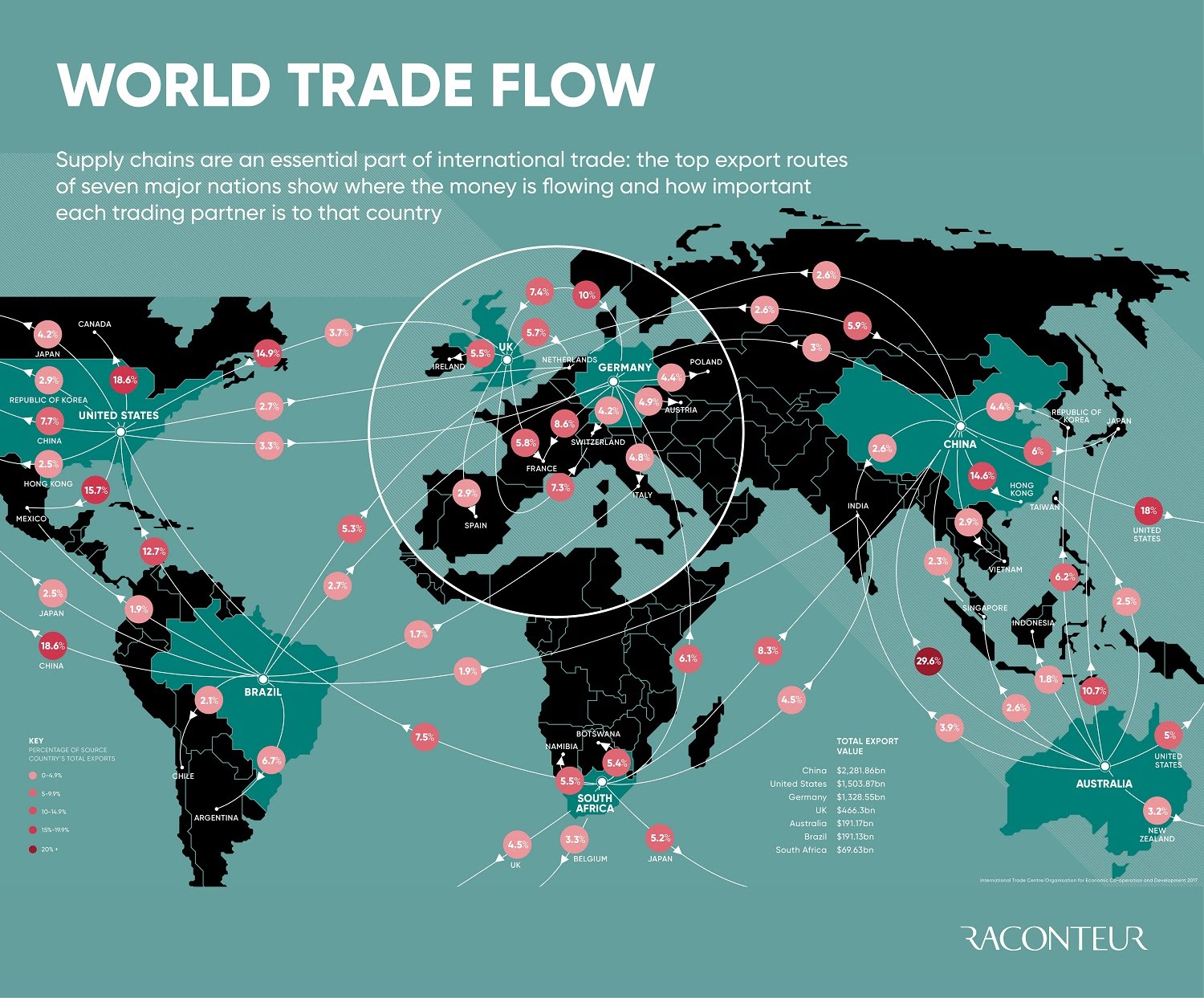
The tariffs introduced by Trump have not only influenced trade but have also had extensive geopolitical ramifications that continue to affect international relations. As we progress through 2025, the repercussions of these tariffs remain evident, particularly in the contexts of Asia and Europe.
- U.S.-China Relations and Global Trade Conflicts: A primary aim of Trump's tariff policy was to diminish China's preeminence in the global steel and aluminum markets which resulted in strained relations between the two countries and then escalated to a trade war. This also made other countries like india to stand in the middle with ambiguity.
- As U.S adopts these protective policies, other countries restructure their trade policies too, India considering limited access to U.S. market made better relation with ASEAN countries.
- As 2025 unravels, more nations are adopting protectionist policies, either because of trade imbalances or to safeguard domestic industries. India, along with other emerging economies, has had to adapt to a world where trade is increasingly governed by tariffs and national interests, rather than free-market principles.
Trump’s and his global dominance
his legacy remains a significant force in shaping trade policy and global economic relations. The "America First" ideology, which prioritized national sovereignty and protectionist measures, has left an enduring mark on U.S. economic policies. The 25% tariffs on steel and aluminum, initially viewed as a temporary intervention, have now become a hallmark of the shifting global economic paradigm. For India, navigating this landscape characterized by trade protectionism requires a focus on strategic diplomacy and economic diversification. While these tariffs have posed challenges for Indian industries in the short run, they have also motivated India to expand its manufacturing base, strengthen ties with neighboring countries, and seek new trading opportunities beyond the traditional Western markets.
All implications ( Indian perspective )
India has been confronted with substantial economic, political, and social difficulties stemming from Trump's 25% tariffs on steel and aluminum, as well as similar global protectionist initiatives.
Economic Consequences: The imposition of tariffs led to a decline in India's steel exports to the United States, while rising global prices escalated production expenses for domestic sectors such as automotive and construction. In response, India has sought to diversify its trade relationships with ASEAN, Europe, and other regions to alleviate the impact of these tariffs.
Political Ramifications: The escalating trade tensions with the United States have led India to impose its own tariffs in retaliation. Concurrently, India has worked to strengthen its relationships with various nations in Asia and beyond, advocating
Social implications: The steel-related industries have experienced job losses, and the rise in costs has adversely affected consumers, notably in construction. To address these issues, India is concentrating on fostering skill development and promoting innovation.
With inputs from agencies
Image Source: Multiple agencies
*The views expressed are personal to the author and do not reflect the platform's opinion of the same.
© Copyright 2024. All Rights Reserved Powered by Vygr Media.
Author's profile:
Arhan Ali is a sharp observer of economic and political currents, known for blending keen analysis with a dash of wit. Whether dissecting global trade wars or taking a playful jab at social absurdities, his writing strikes the perfect balance between intellect and irreverence.

